K4Community Voice’s integration with Amazon Alexa allows residents a way to access community information, check the virtual front desk and receive morning check-ins through the device. Our technology is helping older adults battling loneliness and isolation during COVID-19.
By: Mattias Miller
November 27, 2020
RALEIGH, N.C. — Scott Moody thought he had retired after selling the company he co-founded to Apple in 2012.
“I was completely burnt out – never wanted to run a public company again. I swore I would never work again – double swore never do another start-up,” Moody told the North Carolina Business News Wire in an interview.
In 2012, Moody was then the CEO of AuthenTec, the only publicly-traded company ever acquired by Apple. That acquisition would later lead to Touch ID technology’s introduction to Apple products.
Moody is currently the CEO of Raleigh-based K4Connect, a mission-driven technology company that brings tech solutions to older adults and individuals with disabilities.
While serving as CEO of AuthenTec, Moody embarked on a life-altering mission trip to western Rwanda with his church group.
“It really deeply affected me. I was mad at man for doing that to one another. I was mad at man for not coming to the aid of others,” he recalled.
After selling AuthenTec, Moody decided to return to Rwanda with a group called Hope International, an organization that provides micro-finance to countries abroad, including Rwanda.
During that trip, he met a woman who changed his world view. She had traveled to Rwanda following the genocide and worked to build orphanages, lead cooking classes and establish bakeries to employ battered women. Although Hope International provided financial assistance for her bakeries, Moody knew he wanted to do more.
“I do believe that we are all here to serve others. And that a corporation foundationally is the ability for people to come together to serve others better than they could have done individually,” Moody added
A new kind of mission
Moody and his co-founder, Jonathan Gould, knew they wanted to build a different kind of company when they started what would become K4Connect
“What if we started a company and if it was successful, we could use the proceeds to help others, and that was the whole idea,” Moody said.
At the time, they didn’t know their company would be for older adults or people with disabilities.
After meeting a man in Raleigh with multiple sclerosis, Moody realized technology could be an asset for both people with disabilities and seniors.
That’s when he made the plan to establish K4Connect and began pitching to investors with a new goal.
“We measure everything by mission. And if we fulfill our mission of serving others, then the benefit flows to the rest of our stakeholders, including our shareholders,” Moody said.
K4Connect is currently connecting senior living communities with technologies to advance staff and resident services, but there are plans to move into the home and other markets in the future.
Moody said his team at K4Connect realized senior living centers had morphed into almost resort-like facilities but were still mostly reliant on people and paper.
“Senior Living communities were almost devoid of technology. We’ve kind of been making the market,” Moody said.
He said K4Connect had to dispel the misconception that these communities didn’t like to work with new technologies.
“If you provide them things that they find useful in their lives, then they’ll use it. And when they use it, then you have all kinds of data and information,” Moody said.
K4Connect during COVID-19
Although growth in the first quarter this year was slow as senior living communities grappled with the COVID-19 pandemic, more facilities in the second quarter showed a real interest in working with K4Connect.
“The first quarter, nobody would even pick up a phone in a senior living community. They were just trying to get food to people. This is where everybody used to come to meals three times a day. They come to activities. They do this, they do that. And now they’re all isolated in there,” Moody said. “So how do we get them food? How do we get them exercise? Are they healthy? It was really all hands on deck.”
K4Connect had to adjust revenues and expenses to cope with the sudden pause in the first quarter. Still, during the second quarter, the company had a wave of clients interested in integrating technology into their senior living communities.
Moody said that senior living community managers went from thinking about technology as a possible long-term goal to looking for ways technology could be used to alleviate the pandemic’s effects today. For example, new social distancing guidelines and the threat of isolation and loneliness became significant challenges.
In response, K4Connect donated thousands of Amazon Echo Dot devices back in May to care facilities to provide a sense of connection to the elderly. K4Community Voice’s integration with Amazon Alexa allows residents a way to access community information, check the virtual front desk and receive morning check-ins through the device.
“The fact of the matter, there are a lot of health issues that one can get from being lonely, that not being able to check their own health, and so on, and so forth. And just simple things, if somebody isn’t mobile, the idea of being able to ask Alexa, what the temperature is, or what’s for breakfast, or turn on the light, those actually become pretty important things,” Moody said.
This story is from the North Carolina Business News Wire, a service of the UNC-Chapel Hill School of Media and Journalism.
Read more, here!
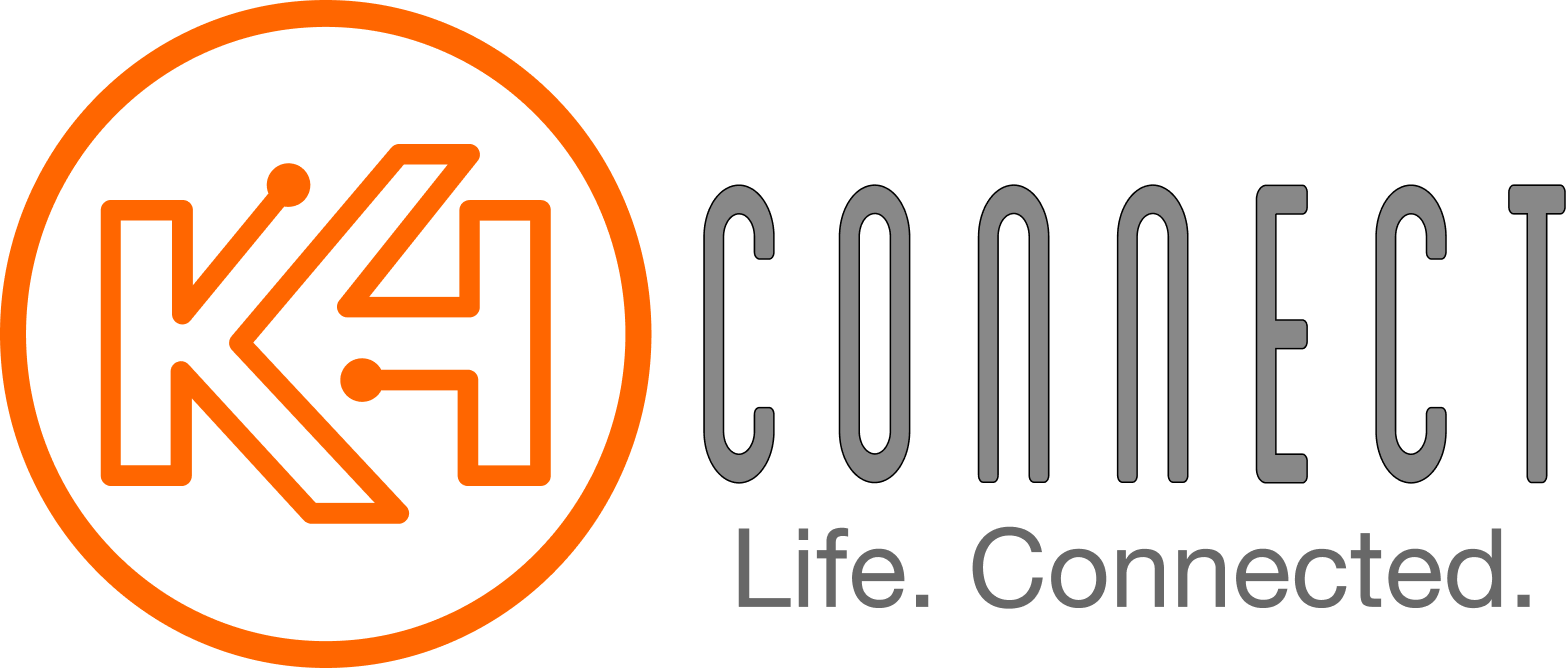
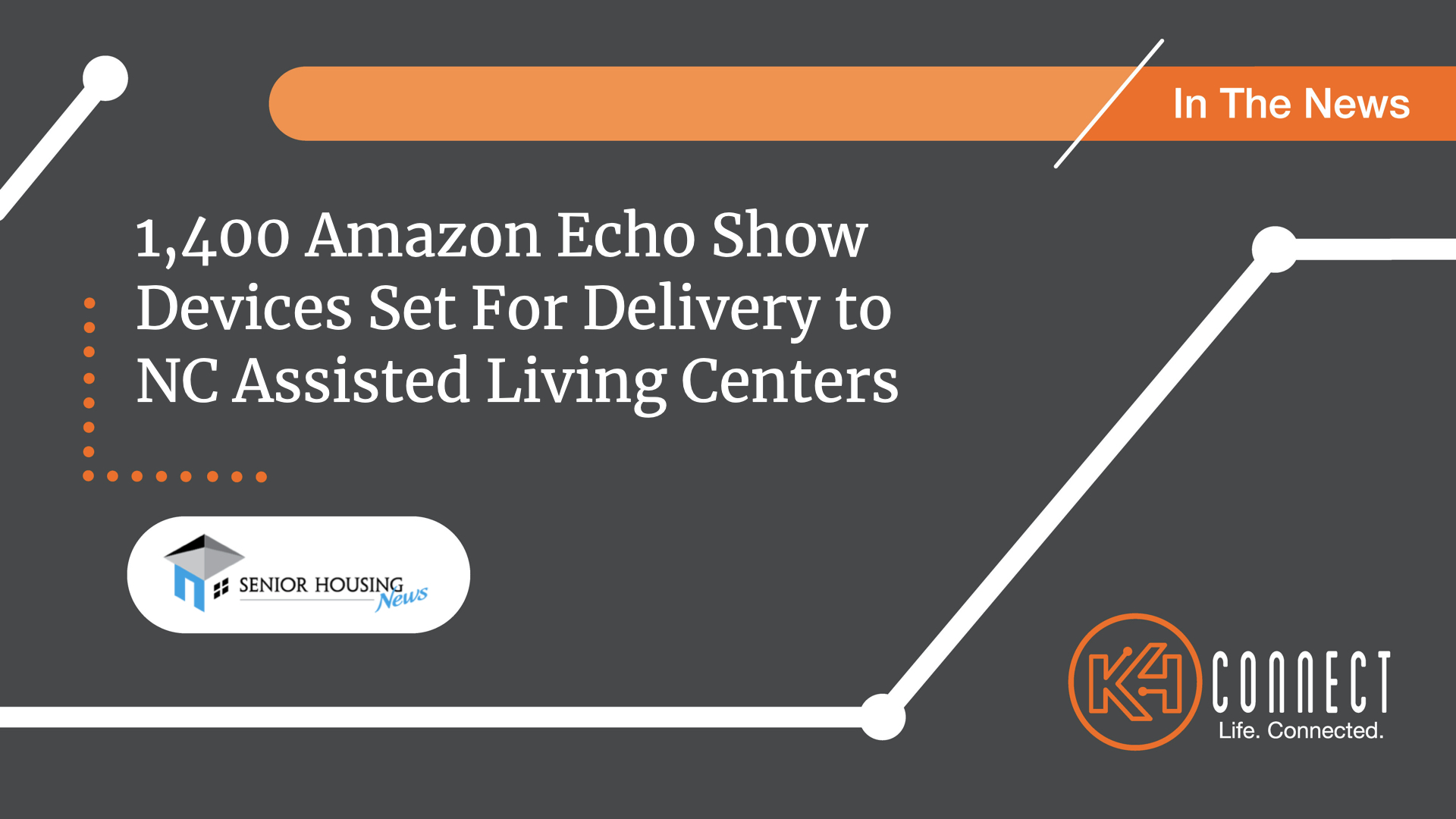
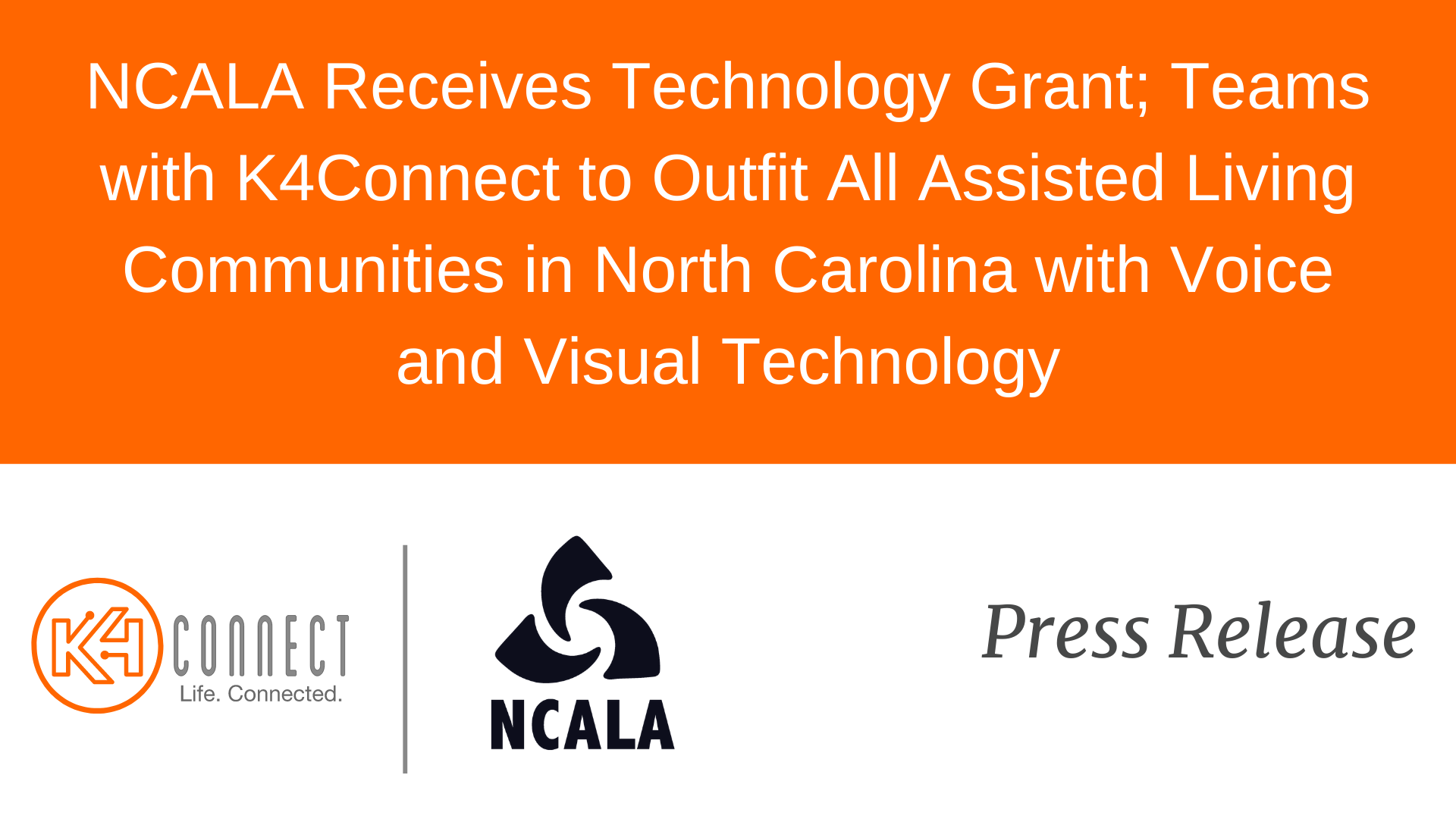


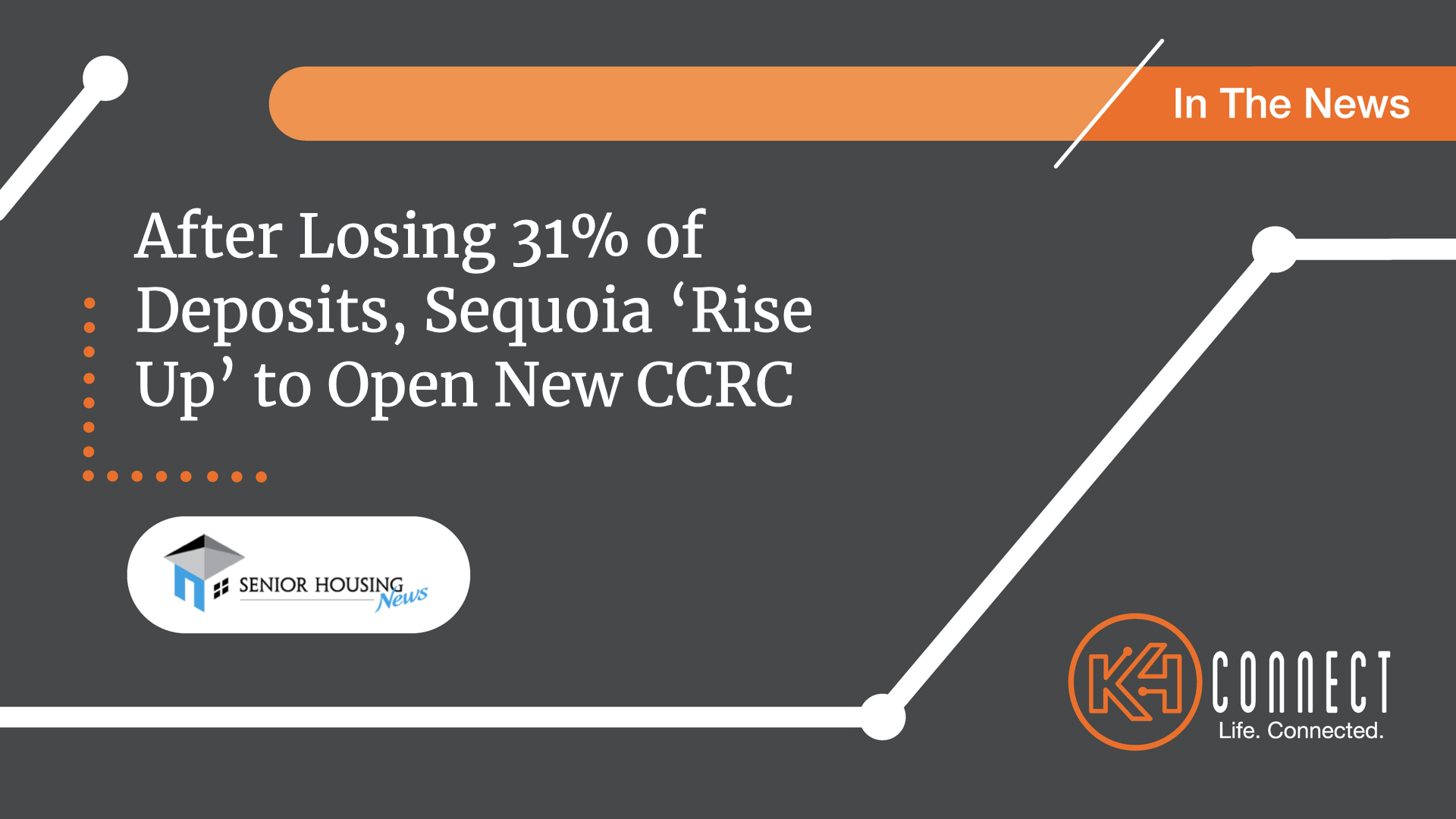
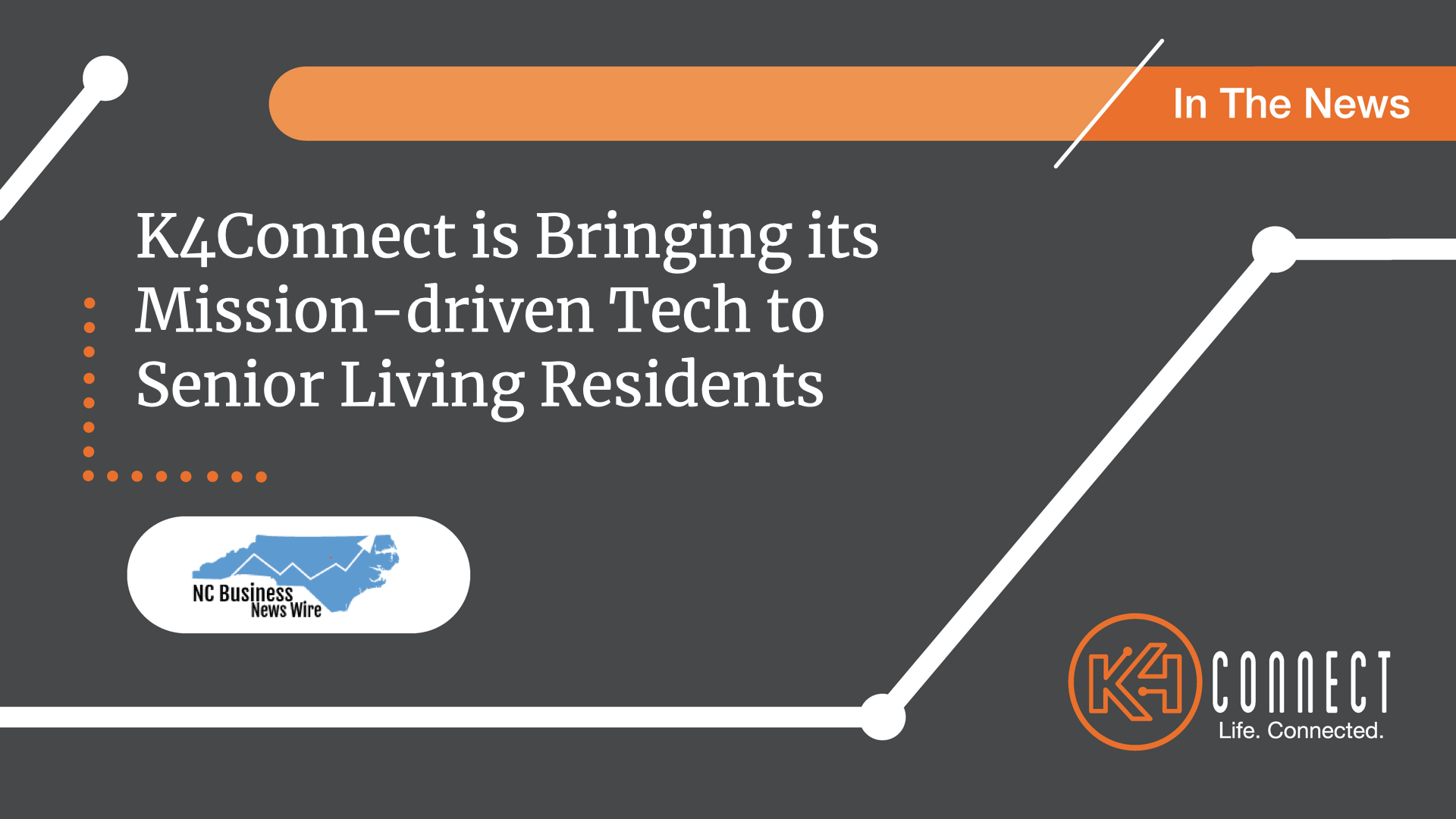
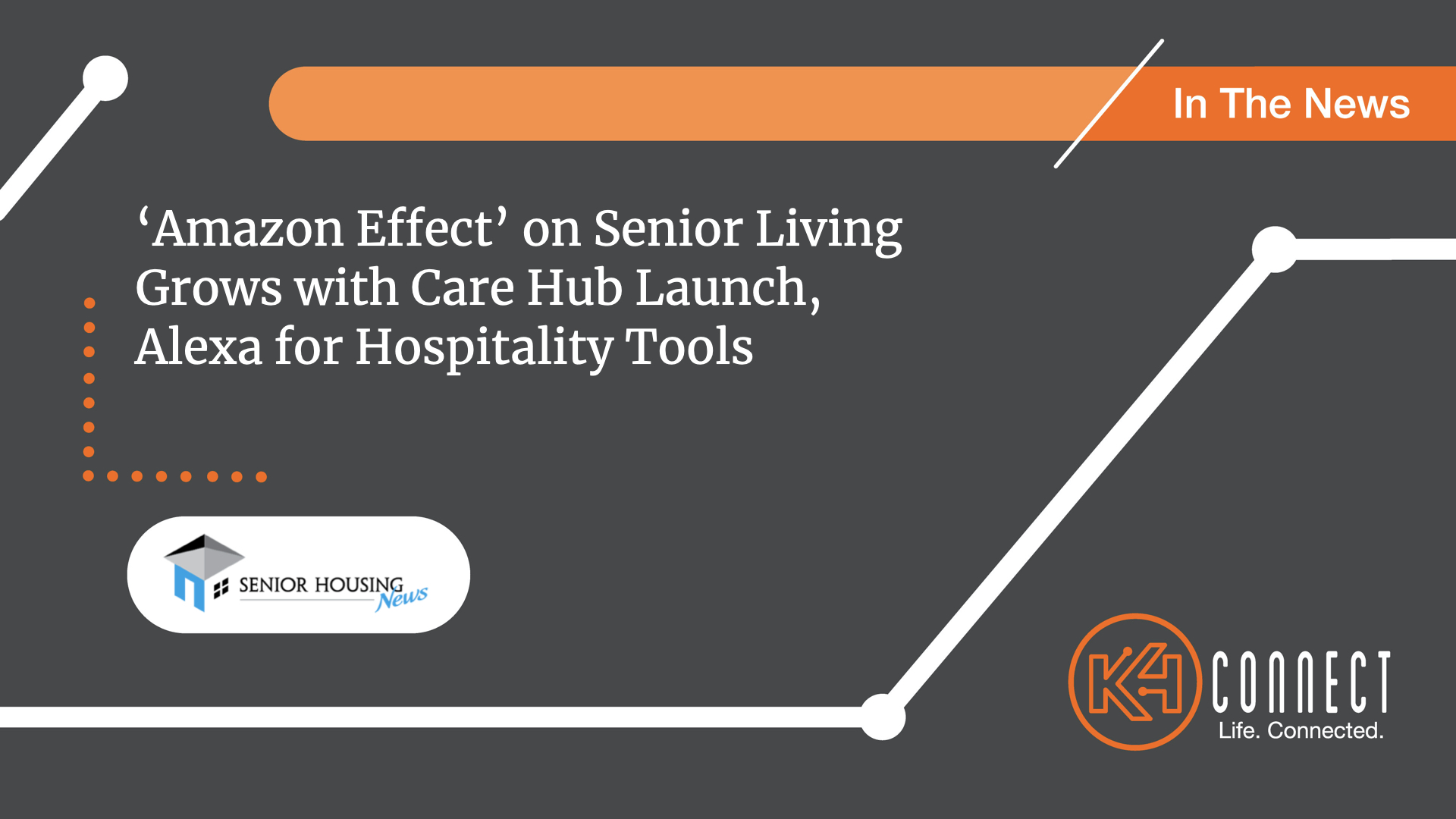

 Video chat and conferencing saw a massive boom — “Zoom” is now a global household name. Community residents depend on visits from family and loved ones and as communities went on safety lockdown, these visits were halted entirely. Residents and community staff turned to video calling to keep these connections through native smartphone apps like FaceTime, or community-provided resources for residents without access to these devices by scheduling Video Chat Cafes with family members using tools like Zoom and Facebook Messenger Video on community (sanitized) devices.
Video chat and conferencing saw a massive boom — “Zoom” is now a global household name. Community residents depend on visits from family and loved ones and as communities went on safety lockdown, these visits were halted entirely. Residents and community staff turned to video calling to keep these connections through native smartphone apps like FaceTime, or community-provided resources for residents without access to these devices by scheduling Video Chat Cafes with family members using tools like Zoom and Facebook Messenger Video on community (sanitized) devices. During the pandemic social isolation was reported as a top concern for
During the pandemic social isolation was reported as a top concern for 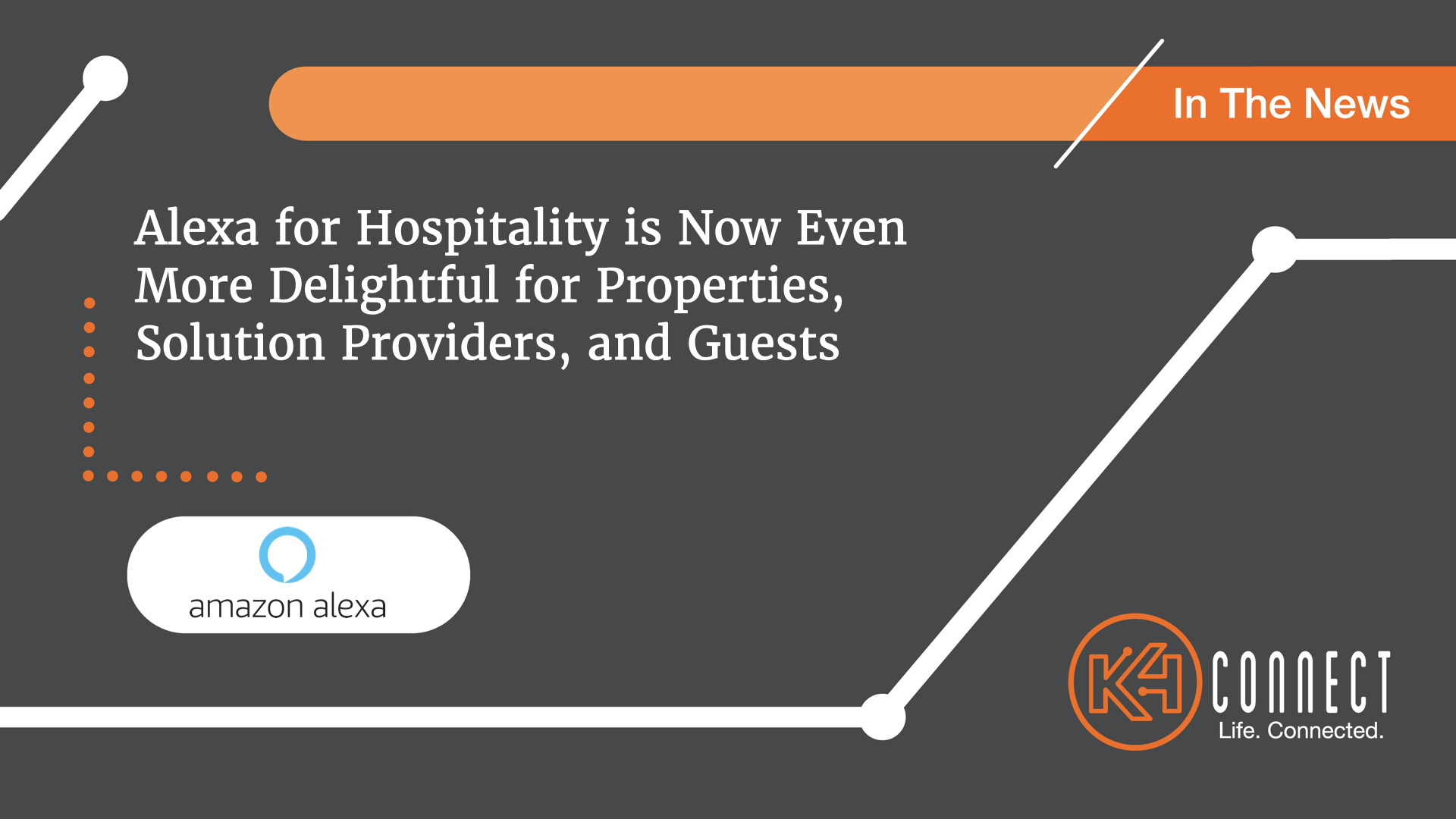

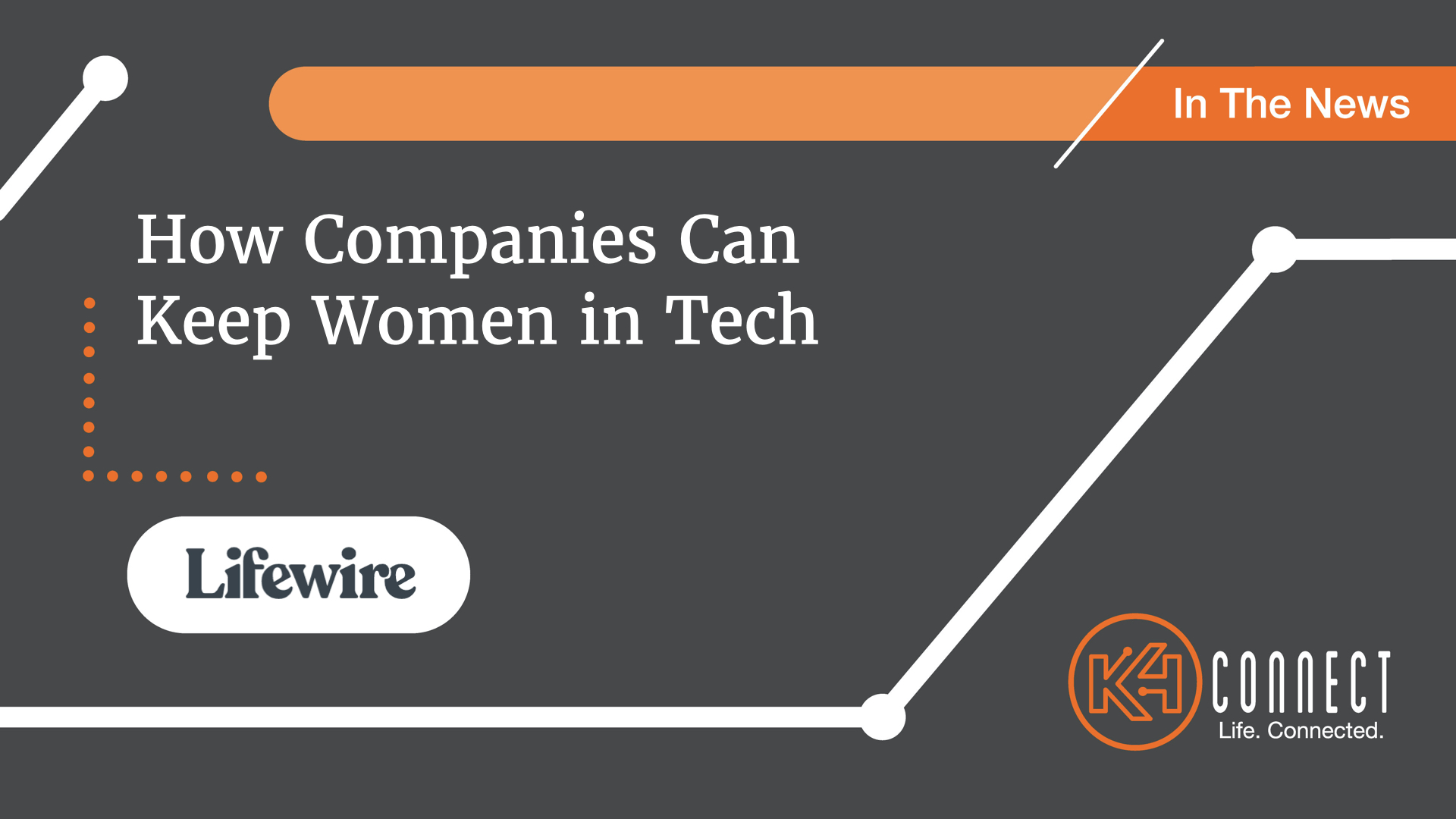
:max_bytes(150000):strip_icc():format(webp)/GettyImages-1136237634-5b4943069b6d448cbe18c66e3191b85a.jpg)
